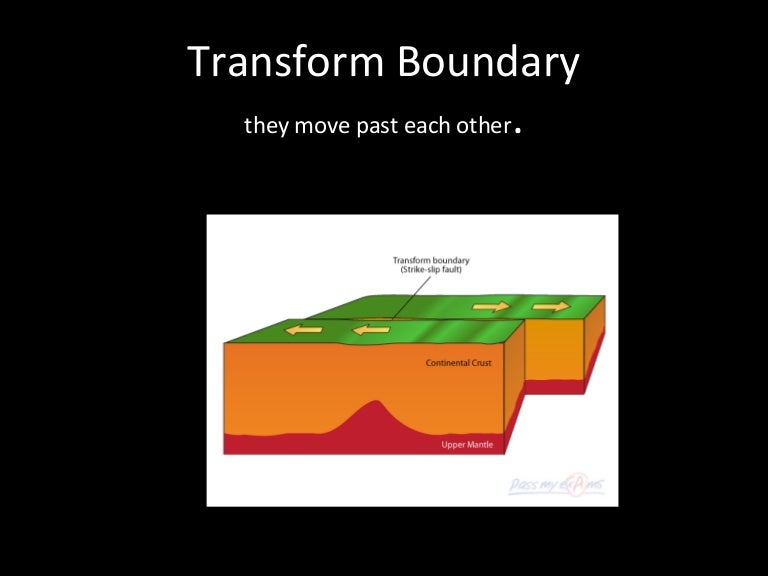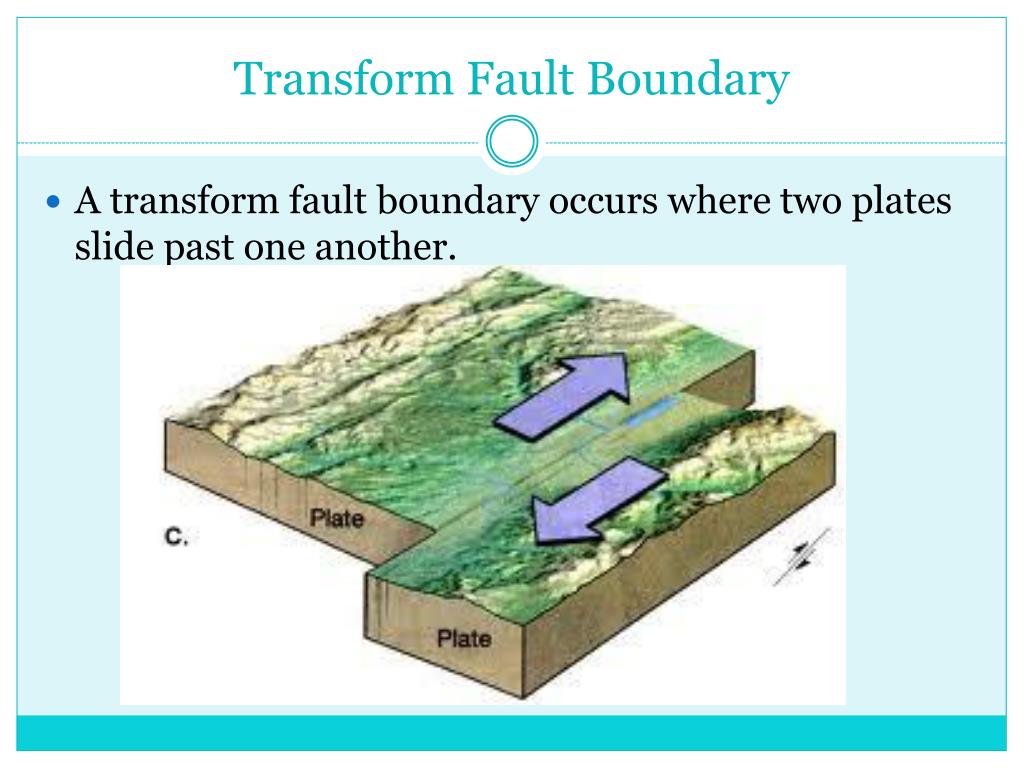
No lithosphere is destroyed or created, and mountain chains are not built at transform boundaries. Shear stress operates at transform boundaries, which involves sliding motion. Under… Pacific Ocean, Pacific Ocean, largest and deepest ocean, c.70,000,000 sq mi (181,300,000 sq km), occupying about one third of the earth's surface named by the expl… Arctic Archipelago, Pacific Ocean Largest and deepest ocean in the world, covering c.33% of the Earth's surface and containing more than 50% of the Earth's seawater.A transform boundary occurs when two tectonic plates move past one another. Incorporate… Union Pacific Railroad, Union Pacific Railroad, transportation company chartered (1862) by Congress to build part of the nation's first transcontinental railroad line. Union Pacific Corp, 1717 Main Street, Suite 5900 See also Faults and fractures Plate tectonics Subduction zone Most displacement has occurred along the Alpine Fault, which comprises oblique thrusts linked by sub-vertical dextral transcurrent faults. Right-lateral displacement and horizontal shortening occur across a zone 93 –125 mi (150 –200 km) wide. South of New Zealand, the Indo-Australian Plate is obliquely subducted beneath the Pacific Plate at the Puysegur Trench. North of New Zealand, the Pacific Plate is obliquely subducted beneath the Indo-Australian plate at the Tonga-Kermadec trench. The Alpine Fault Zone along the western South Island of New Zealand is an example of an obliquely convergent transform plate boundary separating two zones of subduction with opposite polarity. The lithosphere is thinner beneath the San Andreas fault system than for normal continental lithosphere. Other segments are undergoing slow, continuous deformation or creep. In such segments, built-up strain may finally be rapidly released, producing an earthquake.

Some segments of the San Andreas and other major faults in the San Andreas fault system are locked. Changes in their orientation and relay stepping of faults result in localized dilatation or contraction. The San Andreas Fault is the main transcurrent or strike-slip fault within a broad deformation zone that comprises hundreds of minor faults along western California. South of this triple junction, the Rivera Plate is subducted beneath North America. It terminates at the Rivera triple junction in the southern Gulf of California (junction between the Rivera, Pacific and North American plates).

#Transform fault boundary series
The San Andreas fault system steps through a series of oblique spreading ridges and transform faults in the Gulf of California. The easterly moving Gorda –Juan de Fuca plate is subducted beneath the American plate north of the San Andreas fault system termination forming the Cascade Range. Here the North American and Pacific plates intersect the Gorda –Juan de Fuca plate. In the north, the San Andreas fault system terminates at the Mendocino triple junction where it intersects the Mendocino Fracture Zone and Cascadia subduction. Western California, part of the Pacific Plate, comprises exotic terranes translated northwards and rotated through angles up to 90 degrees along the margin of the North American plate. The northwards-moving Pacific plate is subducted at the Aleutian trench and at western Pacific island arcs. The best-known transform plate boundary is the San Andreas fault system, which accommodates the right-lateral displacement between the North American and Pacific plates.


A transform plate boundary is a margin between two lithospheric plates that constitutes a regional-scale transform fault.


 0 kommentar(er)
0 kommentar(er)
